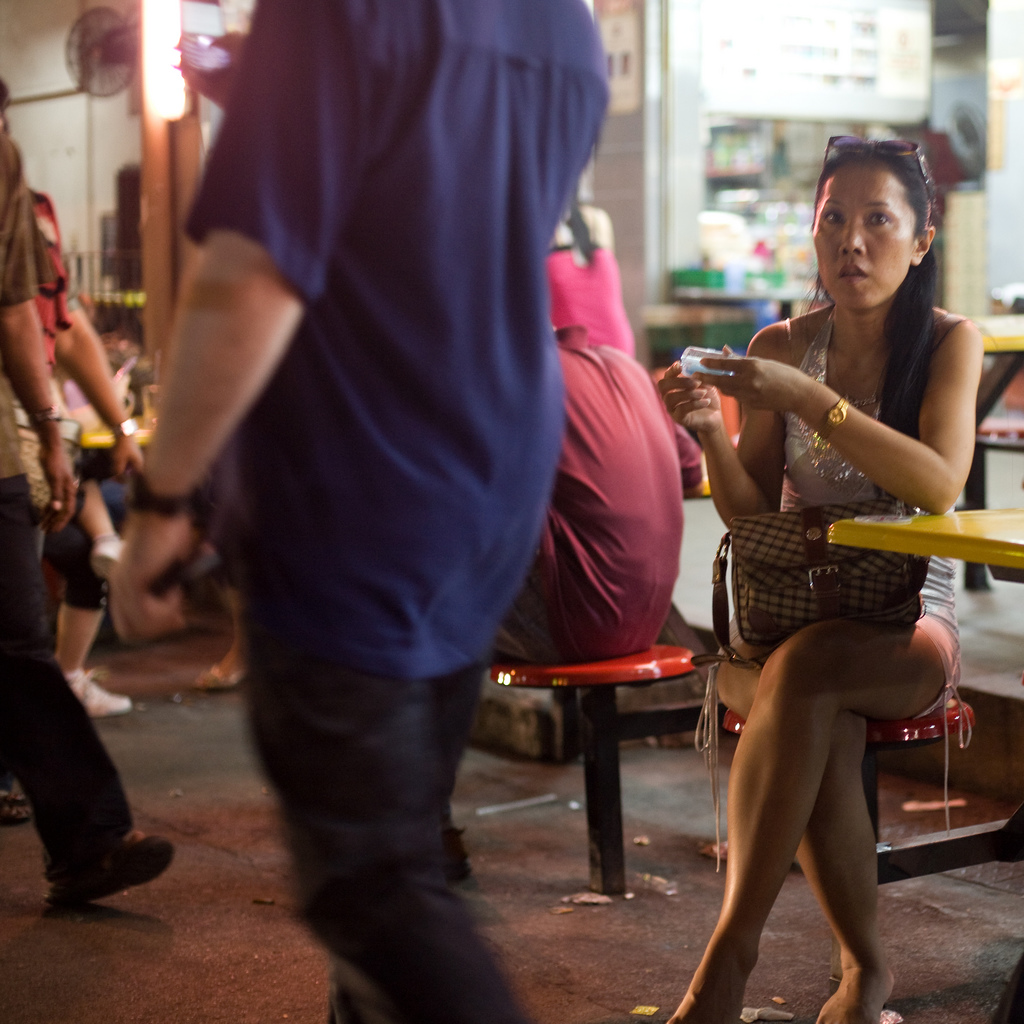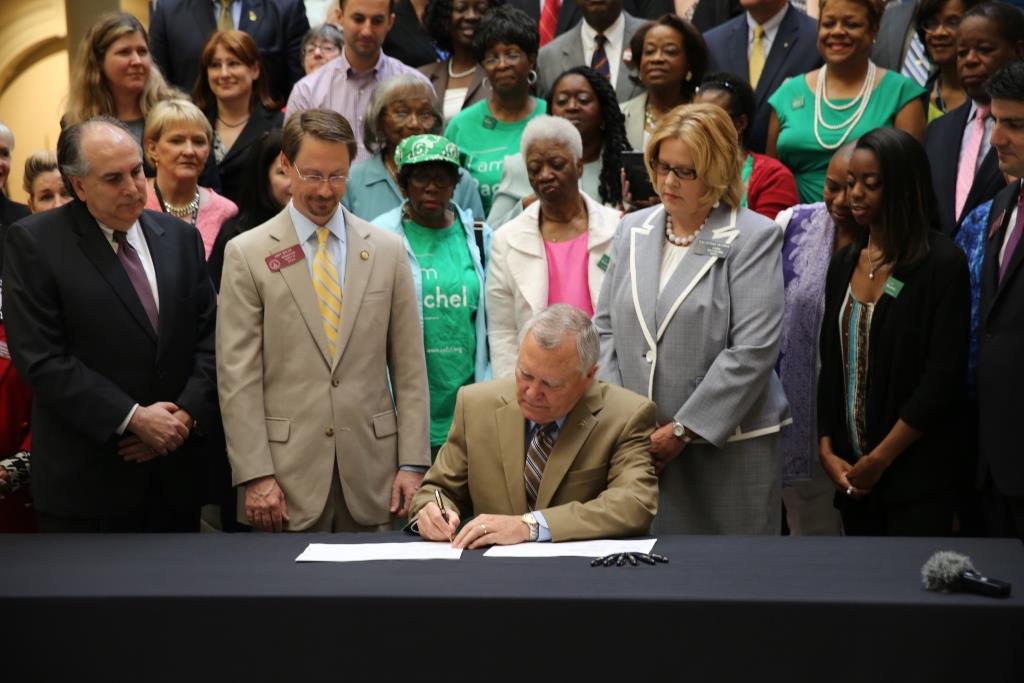Slavery is thought of as a relic of the past, existing only among the yellowing pages of history books. This atrocity has been long over in the United States. Many assume that slavery just doesn’t happen anymore; that that part of human history is over. However, the difficult truth is that modern day slavery exists, and that it’s happening in our own backyard.
Human trafficking is a form of modern slavery in the world today. It’s exploiting, using, and withholding pay from individuals while maximizing profit in any way one can. Human trafficking includes both labor and sex trafficking. This issue is prevalent. It’s estimated that there are over 20.9 million human trafficking victims in the world today, and 5.5 million of those victims are children. In the United States, it’s estimated that there are 100,000 minors in the sex trade alone, with over 1.5 million total victims in North America.
There are many common misconceptions about human trafficking. The first is that the only the victims of human trafficking in the United States are people from other nations, who are struggling to make a life in a new country. While some victims do fall into this category, anyone can be a victim. Victims range from undocumented workers to wealthy families who have lived in the United States their whole lives. People from all sorts of different backgrounds are trafficked every day.
However, there are some factors that can make an individual more susceptible to being trafficked. If someone is homeless (and especially if they are a homeless youth), it becomes much easier for a pimp to prey upon them and offer promises of shelter, food, and love. People are much more likely to comply when they have nowhere else to go. In fact, a recent survey found that 56 percent of women who have been trafficked were initially runaway youth. Being homeless can place anyone into a very vulnerable position to be trafficked.
Being a victim of domestic or sexual violence can also increase the likelihood of someone becoming trafficked. This violence is extremely traumatizing, and often is difficult to overcome. The vulnerabilities that are left by this violence make it easier for pimps to pinpoint peoples’ weak spots and trick them into becoming trafficked.

The second misconception is that victims will always seek help when being trafficked. Unfortunately, that is not the case. The way that many sex traffickers (e.g. “pimps”) obtain victims is by preying on insecurities and doubts that those victims may have. This is especially easy when dealing with minors. Sometimes, these pimps will promise love, shelter, and security to troubled young women and men. Without knowing it, victims become ensnared in an extremely manipulative, controlling relationship. This pimp is incredibly calculating, and many young women in the industry begin to have affection for their pimps. This is the direct result of Stockholm syndrome, when a victim begins to develop an emotional bond with their captor and sees any form of help (especially the police) as an enemy. This is why so many victims refuse to report where and who their traffickers are if they are ever rescued. This also accounts for why victims are not always trying to escape or seek help when being trafficked. As reported by the National Human Trafficking Resource Center, victims feel safe—despite their horrifying circumstances.
Unfortunately, victims of human trafficking are often treated as criminals upon rescue or after escaping their pimp. Instead of being helped, these victims are treated as if they had done something wrong and were locked up. This is yet another reason that victims don’t seek help: because they feel so dependent on their abusers, both economically and emotionally. They know no other life. How could they ever find a real job? This becomes even more difficult, as pimps will usually confiscate all forms of identification. According to the National Human Trafficking Resource Center (NHTRC), pimps will often tell their victims that the police will never help them. With no one else to talk to or trust, it’s understandable that victims would believe this lie from their manipulative pimps.
Cases of human trafficking have been reported in all 50 states. The southeastern region of the United States is especially a hotspot for human trafficking: according to the NHTRC, 40 percent of all domestic trafficking occurs in this region. It’s obviously prevalent in Georgia. Atlanta is known as the number one human trafficking capital of the world because of Hartsfield-Jackson Airport. Given that human trafficking is so prevalent, what are the state of Georgia and the federal government doing to help stop human trafficking?
The Polaris Project gives an extensive report on Georgia’s performance in this area. This organization is a non-governmental non-profit organization dedicated to fighting modern day slavery by working with lawmakers. They work with victims in life after trafficking, often helping find transitional homes and social services. This organization also hosts a trafficking hotline and informs the public about human trafficking in the United States. Every year, the group releases a report on every state in the nation grading its laws that deal with human trafficking.
The Polaris Project has ten laws that they see as essential in order to effectively combat human trafficking, as seen below:


The Polaris Project has given a relatively good report of Georgia. In 2014, Georgia was given a tier one green ranking. This is the highest ranking a state can receive. Georgia received this score for passing seven out of ten laws relating to human trafficking total. The laws that Georgia hasn’t passed include safe harbor for minors, civil remedy, and vacating convictions.
Out of these three laws, safe harbor for minors and vacating convictions are arguably the most important. Again, victims of human trafficking are not guilty of prostitution. Safe harbor for minors would ensure that minors are granted immunity from prosecution, and would be sent to child welfare services instead of juvenile detention.
Vacating convictions is also of extreme importance because victims have trouble beginning their new lives after being rescued from human trafficking. They are not criminals, they are victims, and they need help more than anything. These victims need jobs to support themselves. Many employers would never hire someone who had prostitution on their criminal record.

On the federal level, the U.S. Congress is currently seeing a bill that deals with human trafficking: H.R. 181, or the Justice for Victims of Trafficking Act. This bill would prosecute perpetrators of child human trafficking, provide education on safe harbor laws in order to prevent criminalization of child human trafficking, and establish and fund anti-human trafficking law enforcement. The bill is in stalemate in the Senate because of stipulations relating to abortion, holding back what could be a huge bipartisan achievement. Republicans created new language that would prohibit federal funding for abortion for human trafficking victims, and Democrats are not happy. The bill is currently in committee. The White House has declined in commenting on whether President Obama would veto the bill if it is passed. Even though the bill is currently in stalemate because of an argument over where appropriated funds should go over abortion for victims of human trafficking, this is a fantastic start to battle human trafficking
Human trafficking is undoubtedly a horror, and it’s something that everyone can rally against. The problem is that many people don’t know that human trafficking occurs in the United States. The general public must be informed of the ugly truth of human trafficking. It’s real and alive. Politics can and should be set aside in order to fight this worthy cause.
– By Jacquelyn Harms/Photo Credit: Flickr


